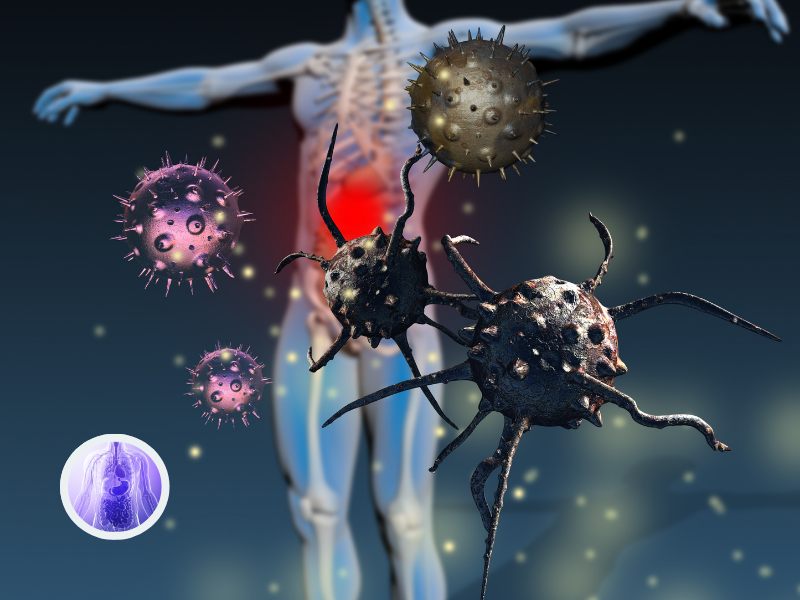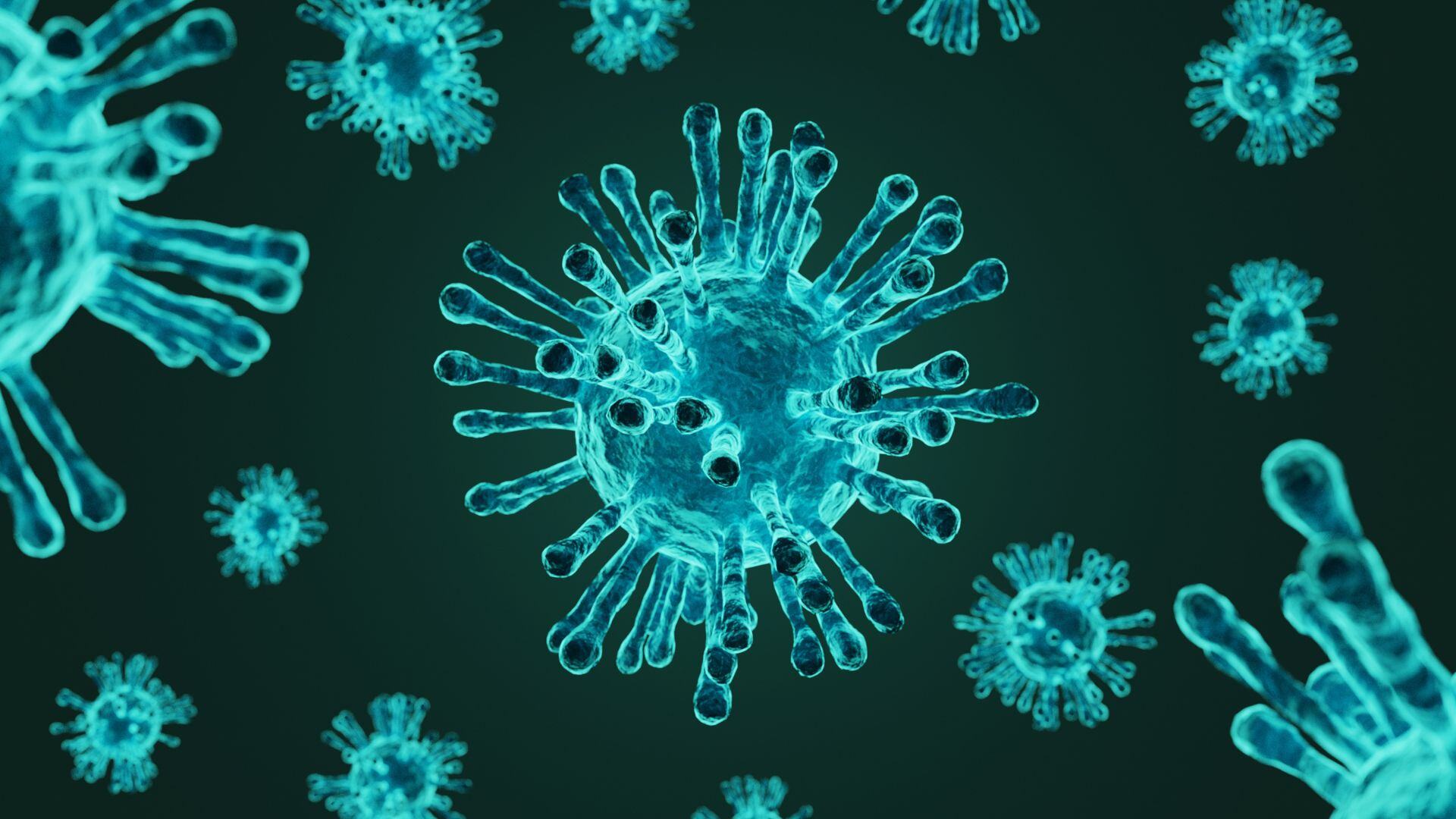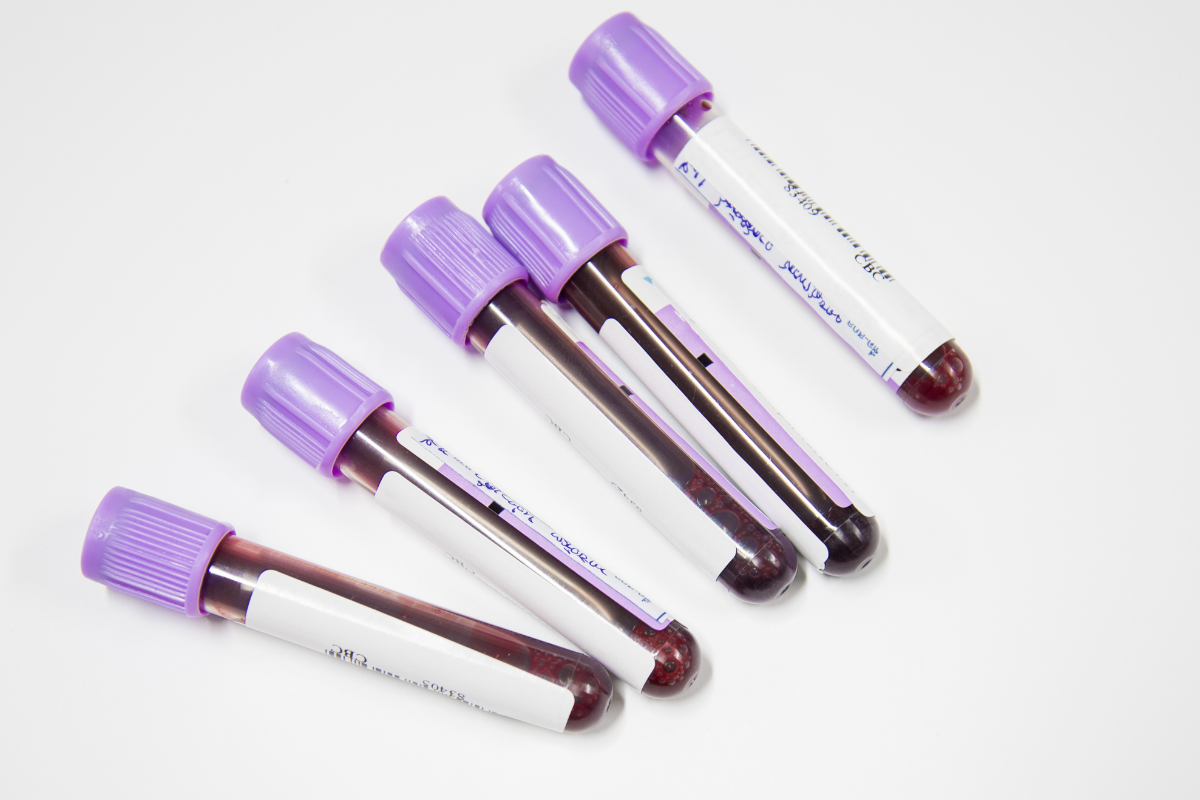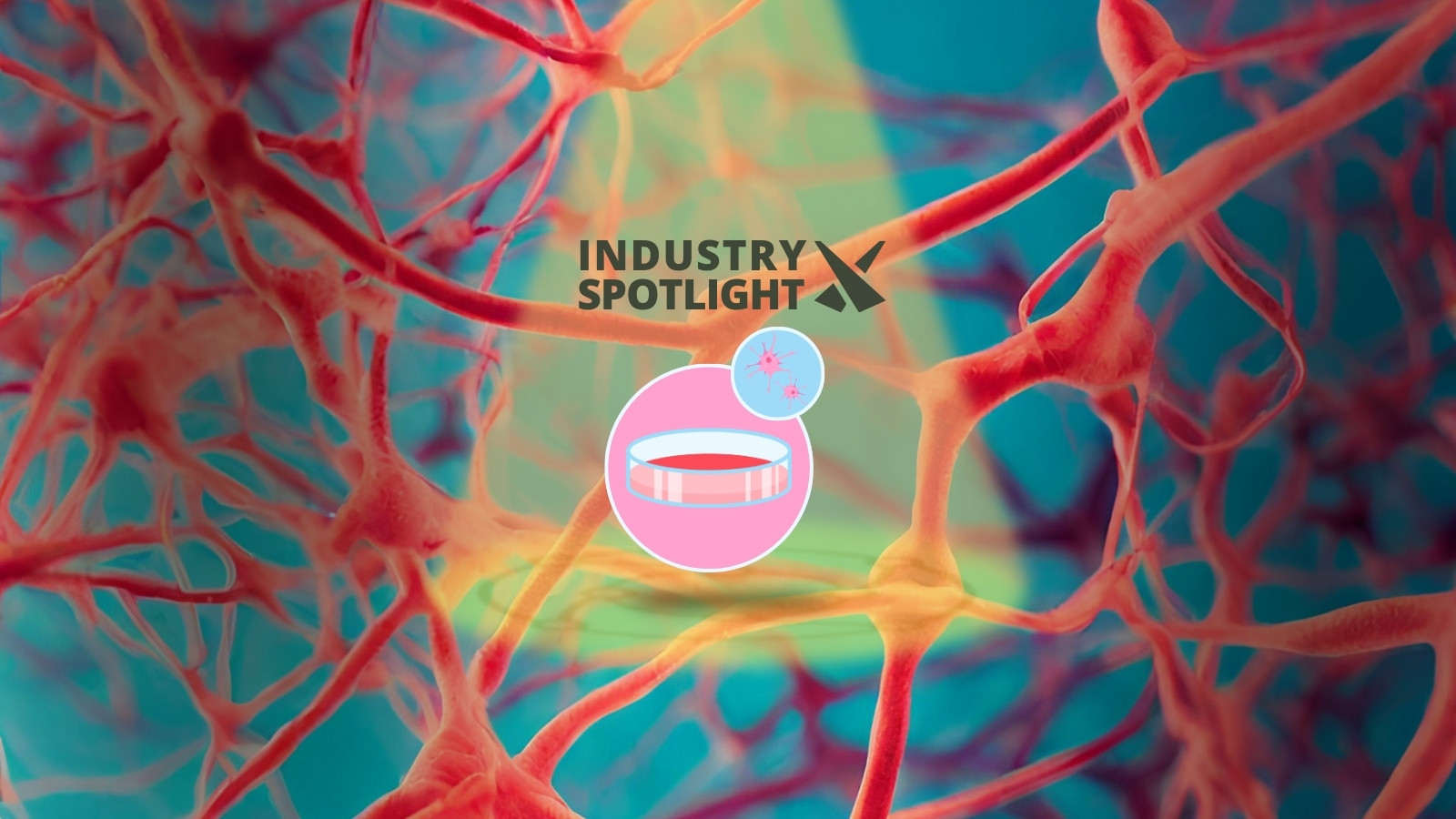The Role of Immuno-Organoids in Drug Discovery And Disease Modelling

Introduction
Organoids are miniature, self-organised 3D tissue cultures that are derived from stem cells. They recapitulate many aspects of complex structure and function of corresponding in vivo tissue. Unlike traditional 2D culture systems, organoids have the unique advantage of conserving parental gene expression and mutation characteristics.
Organoids preserve the functional and biological characteristics of the cells in vitro. These characteristics have created opportunities for drug discovery, large-scale drug screening, and precision medicine.
Case Study
The relationship between the epithelium and the immune system is crucial for implementing fine-tuned responses to mitigate tissue damage, repair the tissue, and restore homeostasis. Any disruptions in the relationship can lead to various pathological conditions including autoimmune diseases and cancer. Traditional stem cell-derived organoids are useful for studying epithelial function but lack immune cells, limiting their capacity to model organ-level processes.
More companies are investing in immuno-organoids. For example, a project conducted by scientists at Roche’s Institute of Human Biology (IHB) and Pharma Research & Early Development (pRED) created new human models with tissue-integrated immune cells.
Timothy Recaldin, Senior Scientist at Roche and Marius Harter, PhD candidate at the IHB, mixed epithelial cells and tissue resident memory T cells: these are the different cell types that coexist in the human gut. After isolating epithelial cells and memory T cells from patient samples, the scientists combined the two cell types in organoid cultures, which mimic the structure of the human gut.
Despite being processed separately, the memory T cells reintegrated into the epithelial layer, recreating their natural immune function within the self-organising tissue cultures. The researchers used intestinal immuno-organoids and single-cell transcriptomics to study inflammation caused by cancer therapies
Related:
- Paving the Way For Animal Free Models by Leveraging 3D Cell Culture, Organoids & Organ Modelling
- Organoids: Opening New Doors for Cancer Research
- Vascular Organoids used to Model the Impact of COVID-19 on Circulation
Unlike previous attempts to integrate immune cells in organoids which relied on blood-derived immune cells, the immuno-organoids in this experiment contain tissue-resident immune cells, isolated from the same patient as epithelial cells used to make the organoid.
Conclusion
The project’s success can be attributed to the team’s cross-disciplinary approach: combining expertise from immunologists, toxicologists, computational biologists and imaging specialists allowed the team to understand the underlying biology in more detail. These models could be used to study the adverse effects of existing or potential therapies. Technologies like this could also further the understanding of tumour growth and autoimmune and infectious diseases.








